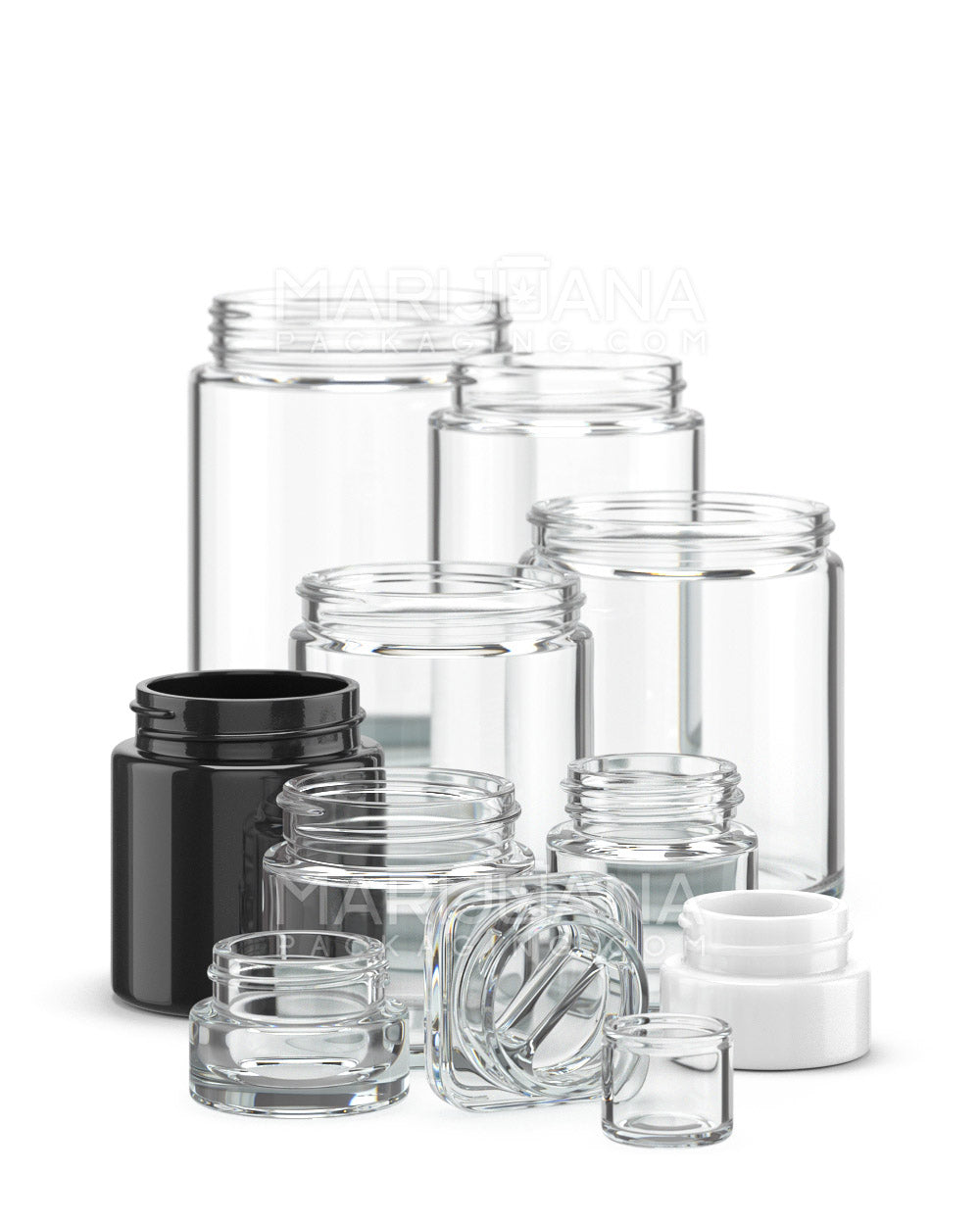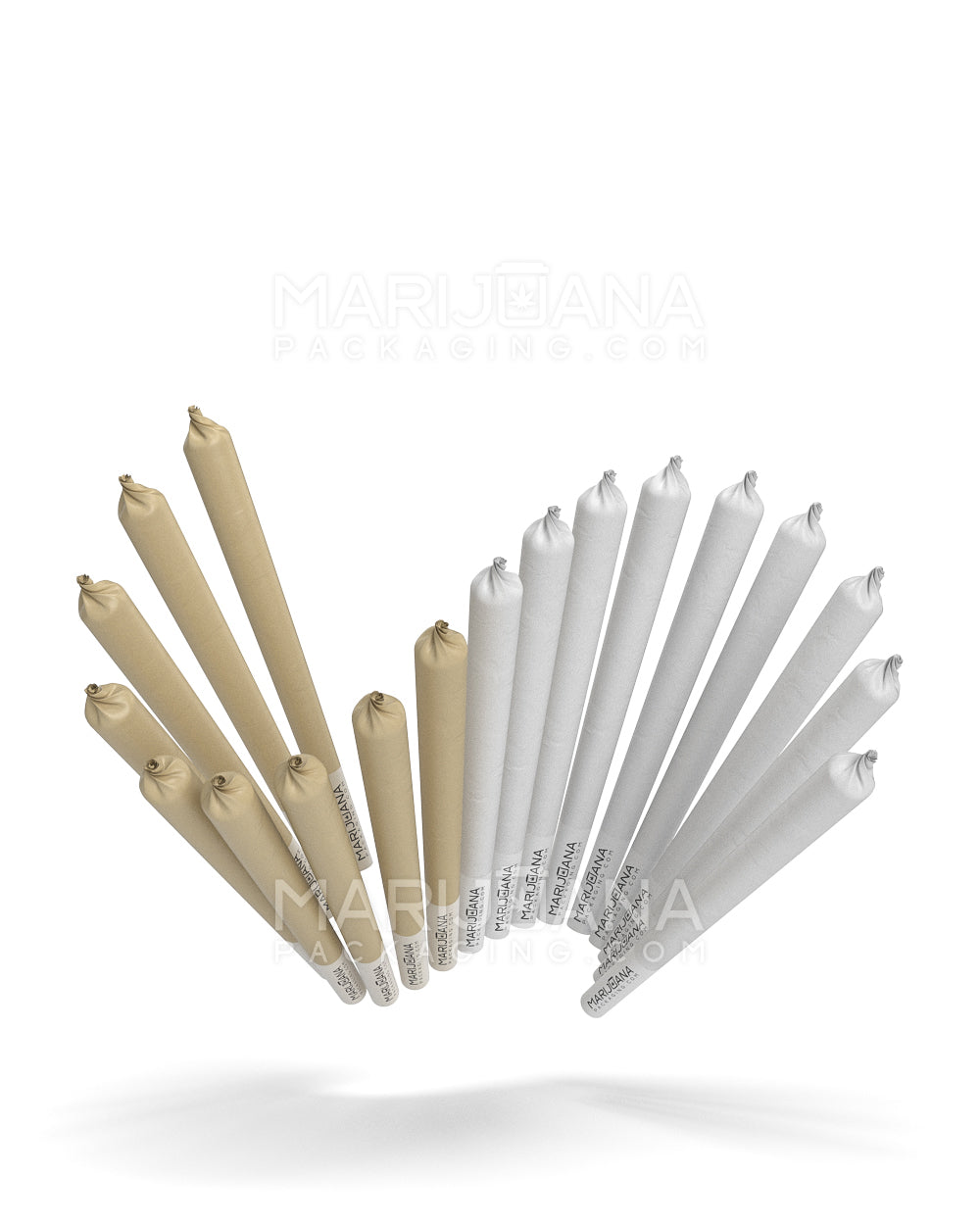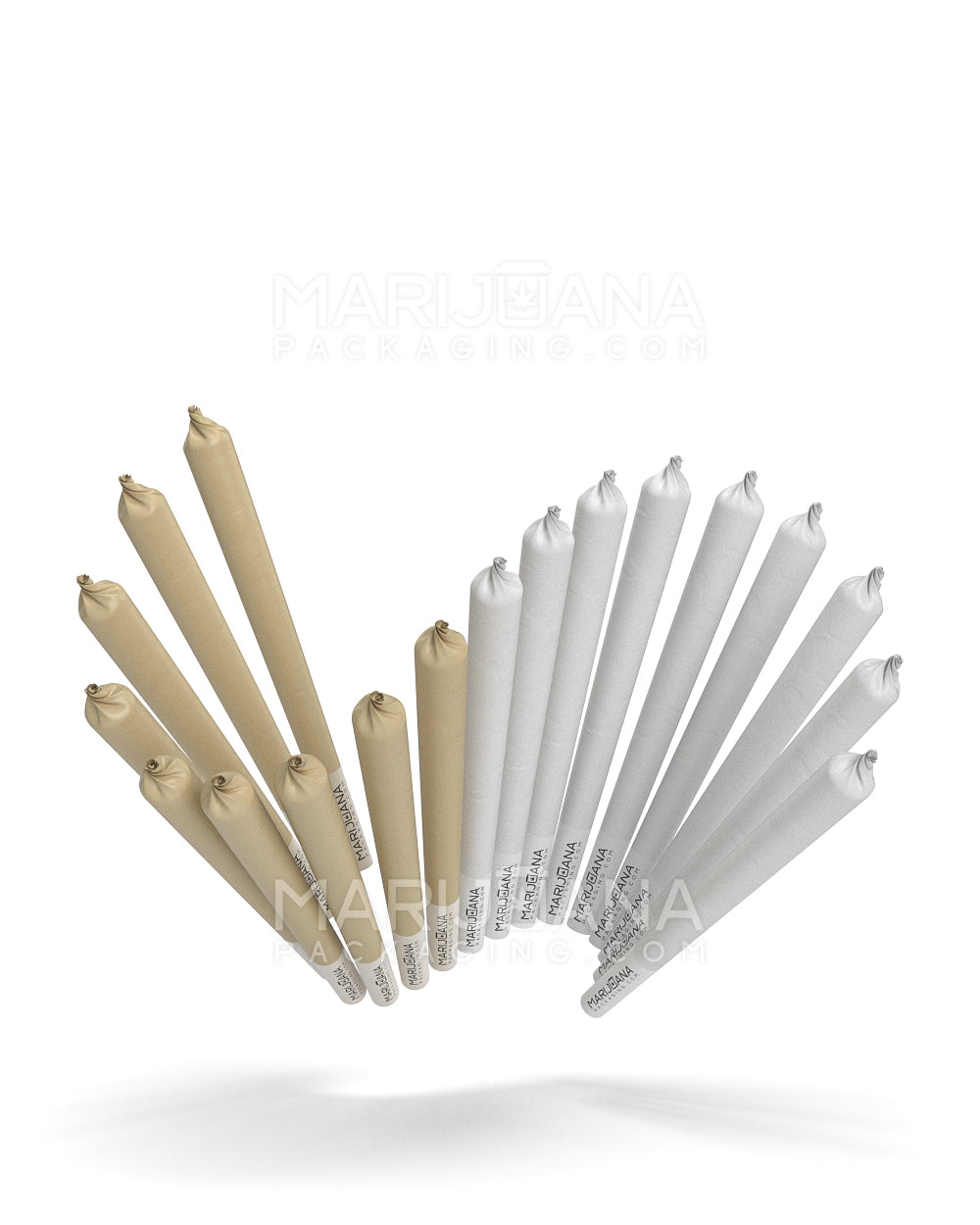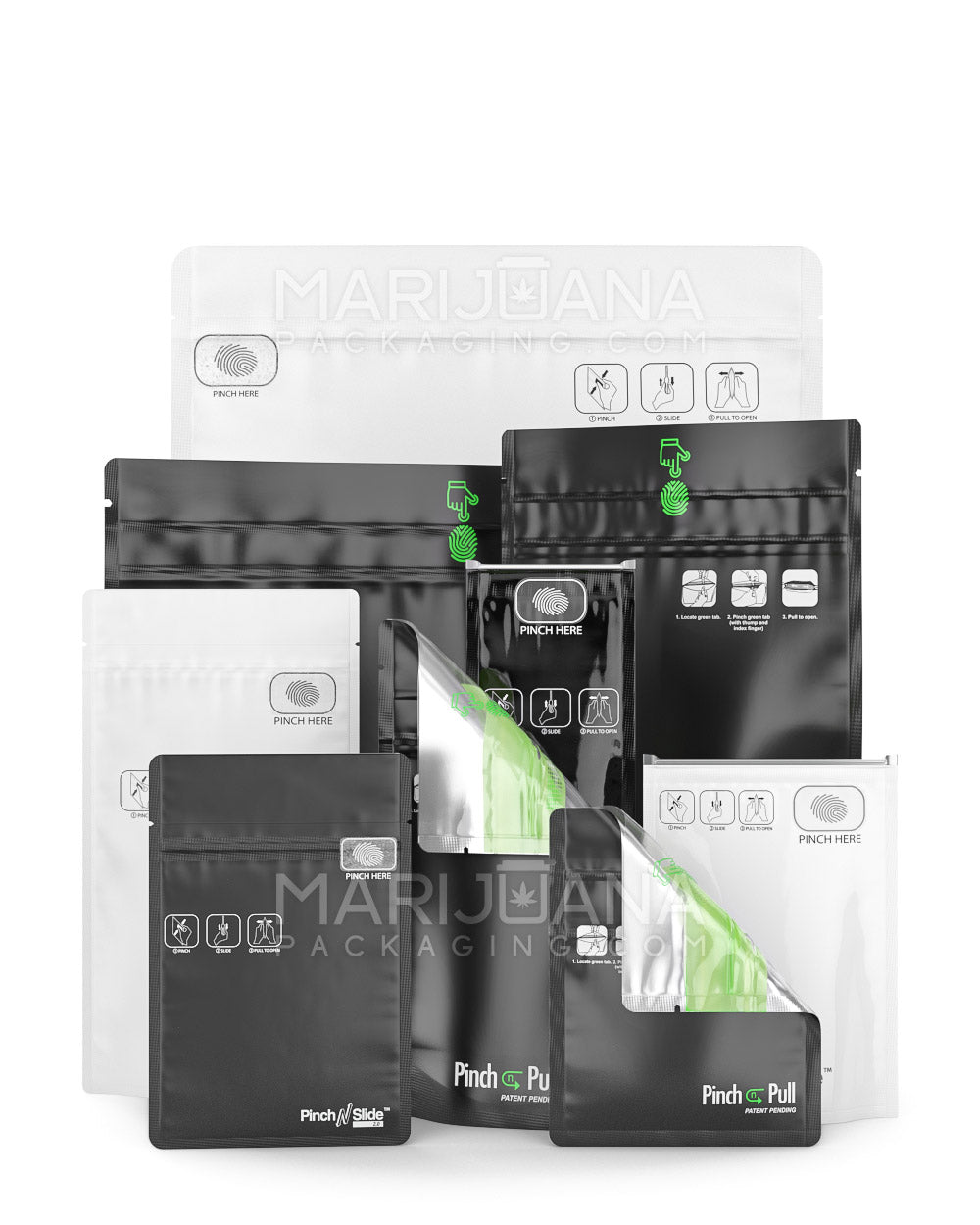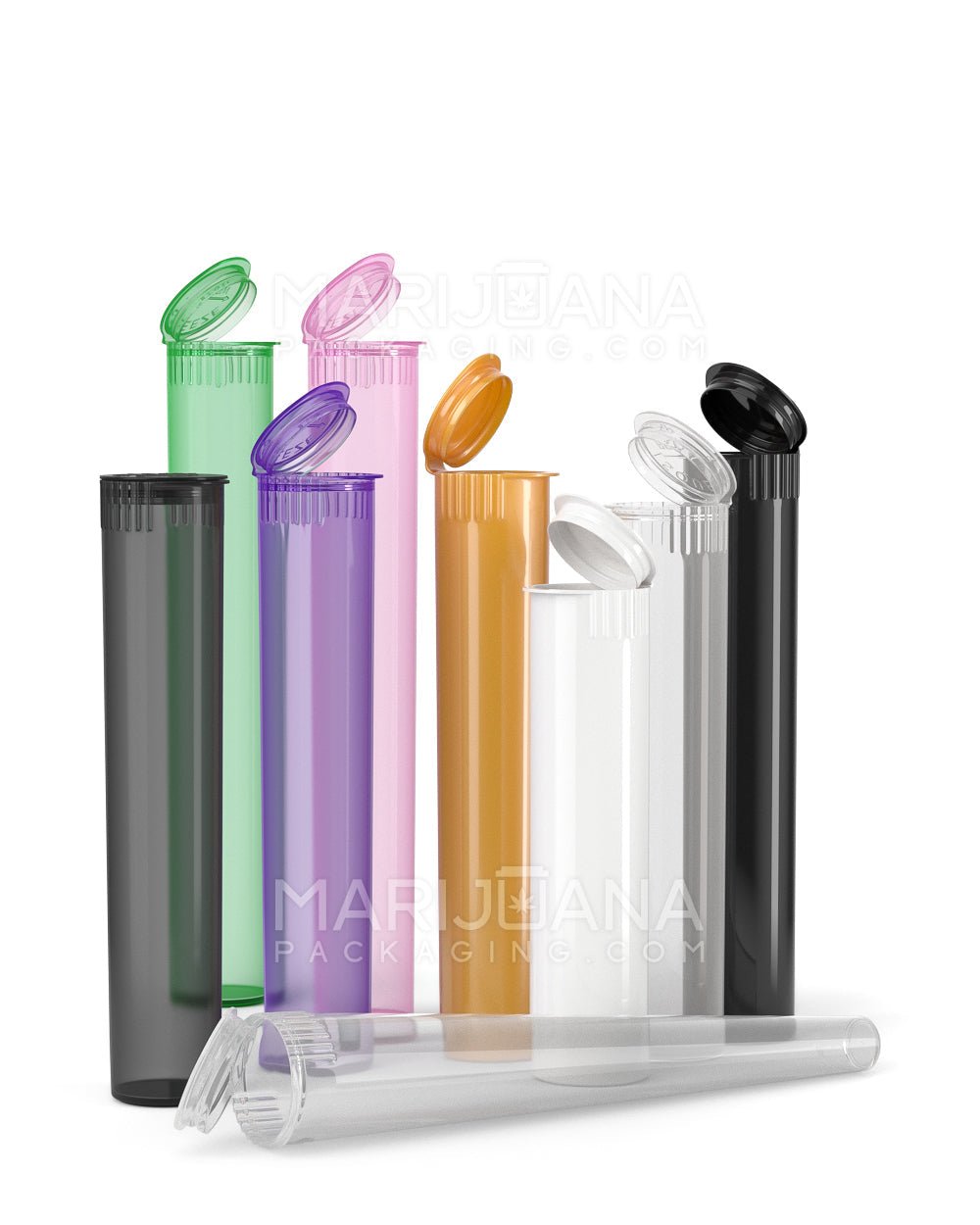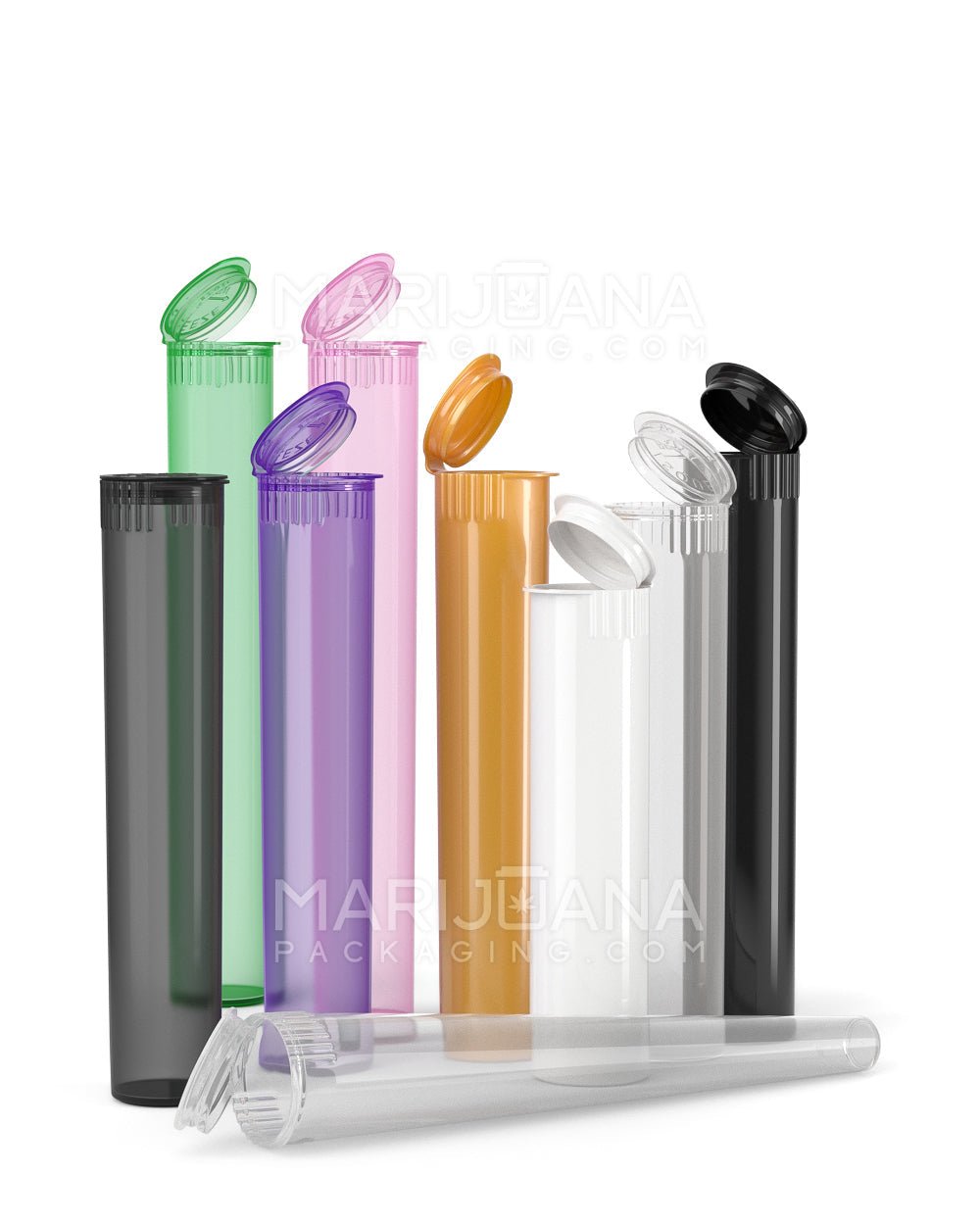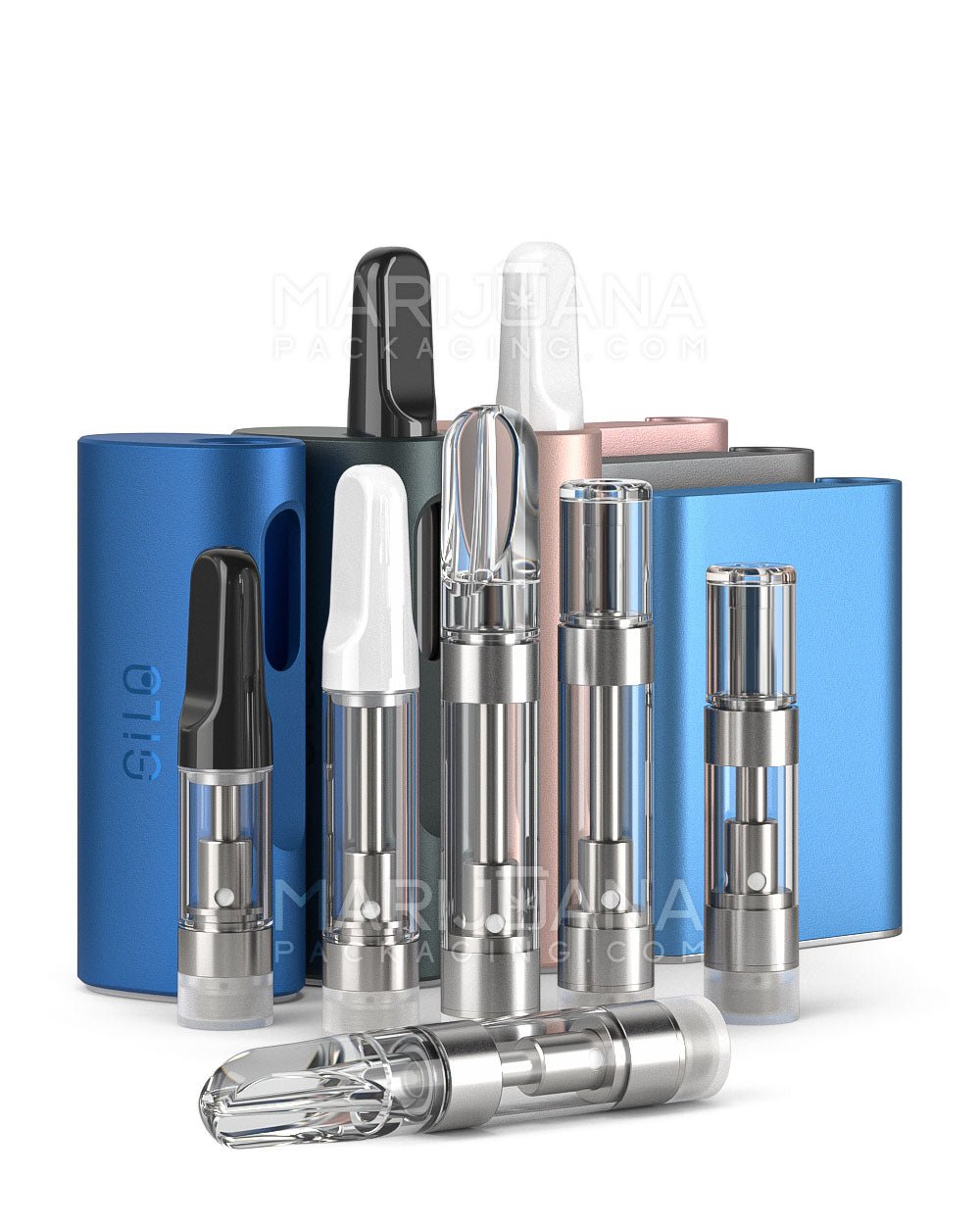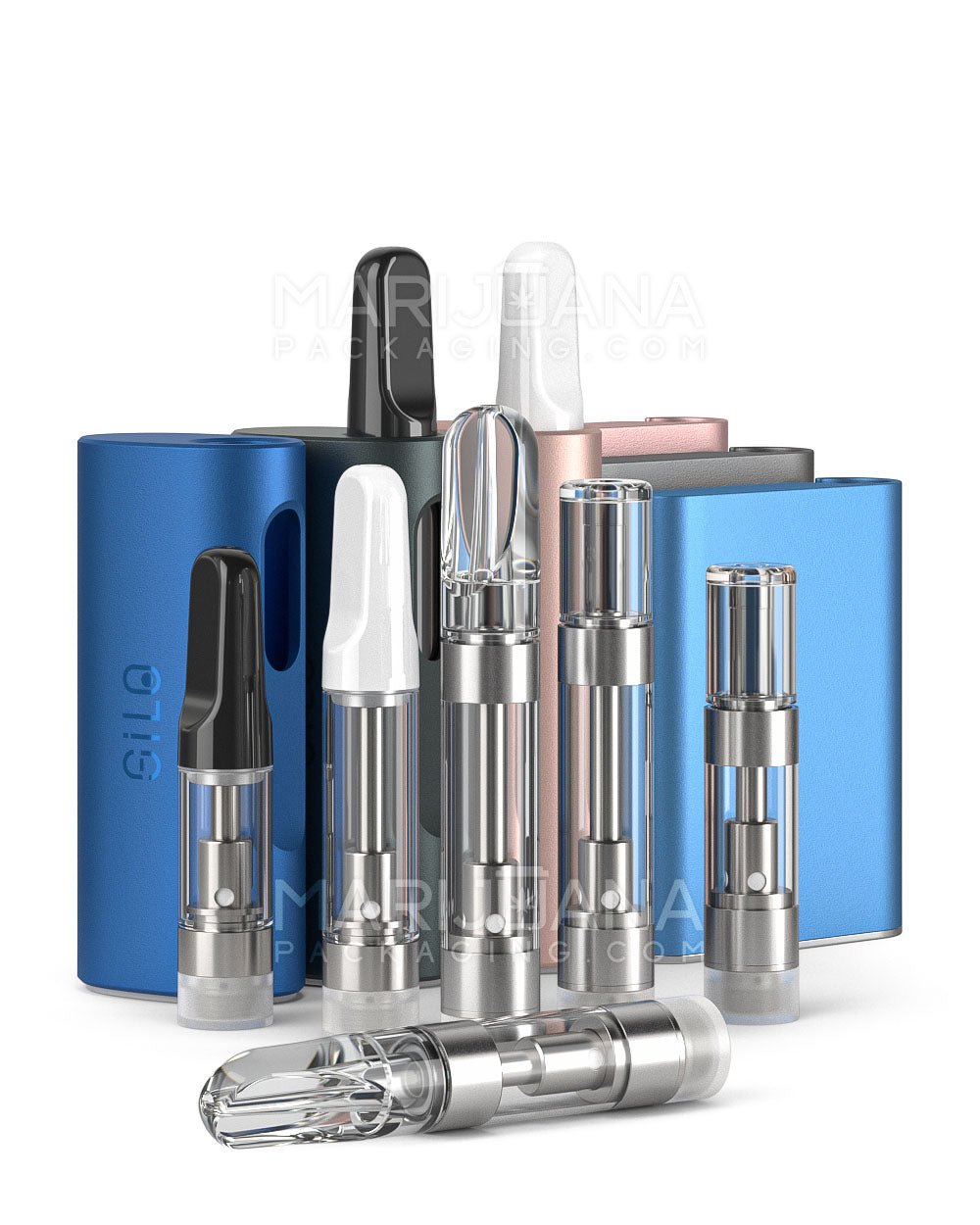When it comes to growing marijuana, starting with healthy seeds is like having a great foundation for a house. It's essential for a strong, productive plant. But what does a healthy marijuana seed actually look like? If you're new to the world of cannabis cultivation, this might seem a bit mysterious. Don't worry—you're about to become a seed expert.
In this guide, we'll walk you through the characteristics of a healthy marijuana seed, the different factors that can affect seed quality, and how to choose the best seeds for a successful grow. Let's get rolling!
Appearance: Spotting a Healthy Seed
First things first, let's talk about what you should see when you inspect a marijuana seed. A healthy seed usually has a few distinct visual characteristics that set it apart from the duds.
- Color: Healthy seeds typically have a dark color—think black, dark brown, or even grey. Light-colored or white seeds are usually immature and might not germinate.
- Pattern: Often, you'll notice tiger stripes or mottled patterns on the seed's surface. These markings can be a good sign of a healthy seed.
- Shine: A slight waxy sheen is often a good indicator that the seed is fresh and viable.
On the flip side, avoid seeds that are cracked or have visible damage. These seeds are more likely to fail during germination.
Size and Shape: Does It Matter?
Size can sometimes be an indicator of seed health, but it's not as straightforward as you might think. Generally, healthy seeds are of a medium to large size. However, this can vary depending on the cannabis strain.
In terms of shape, seeds should be round or teardrop-shaped. Irregular shapes might suggest that the seed didn't fully develop, affecting its chances of successful germination.
That said, don't stress too much about finding the perfect size or shape. Focus on the overall appearance and integrity of the seed.
Touch Test: Feeling for Seed Health
Visual checks are great, but sometimes you need to get a little hands-on. A gentle squeeze test can help you determine if a seed is viable.
Gently press the seed between your fingers. A healthy seed will feel firm and not break under light pressure. If it cracks or crushes easily, it's likely not a good candidate for planting.
Be careful not to apply too much pressure, though. You're just looking to ensure the seed has some resilience.
The Float Test: A Simple Viability Check
The float test is a quick and easy way to check the viability of your marijuana seeds. Here's how it works:
- Fill a glass or bowl with water.
- Drop the seeds into the water.
- Let them sit for a couple of hours.
Healthy seeds usually sink, while those that float may be less likely to germinate. It's worth noting that this isn't a foolproof method, but it can give you a general idea of your seeds' potential.
Storage: Keeping Seeds Healthy
Once you've got your hands on some healthy seeds, proper storage is key to maintaining their viability until you're ready to plant. Here are some tips:
- Cool, Dark Place: Store seeds in a cool, dark environment. A refrigerator is often a great choice.
- Dry Conditions: Moisture can cause seeds to germinate prematurely or develop mold. Keep them dry by using silica gel packs or rice.
- Airtight Container: Use an airtight container to protect seeds from humidity and temperature fluctuations.
Proper storage can extend the shelf life of your seeds, ensuring they're ready to go when you are.
Genetics: Picking the Right Strain
Genetics play a huge role in the health and productivity of your marijuana plants. Choosing the right strain for your growing conditions and goals is important. Here are some considerations:
- Climate Suitability: Some strains are better suited to specific climates. Research strains that thrive in your region's conditions.
- Growth Characteristics: Consider the plant's size, growth rate, and yield potential. These can vary widely between strains.
- Desired Effects: Think about whether you're looking for high THC, CBD, or a balanced profile.
By understanding the genetics of your seeds, you can set yourself up for a successful grow with plants that meet your needs.
Germination: Getting Started with Your Seeds
Once you've selected and stored your seeds, the next step is germination. Here's a simple method to get your seeds started:
- Soak the Seeds: Begin by soaking seeds in a glass of water for 12-24 hours. This helps soften the shell and kickstarts germination.
- Paper Towel Method: Place soaked seeds between moist paper towels. Keep them warm and in a dark place.
- Monitor Moisture: Ensure the towels remain damp, but not soaked, to prevent mold.
- Wait for Sprouts: In a few days, you should see tiny sprouts or taproots emerging from the seeds.
Once the taproot appears, your seeds are ready to be transplanted into the growing medium of your choice.
Common Mistakes: What to Avoid
Even seasoned growers can make mistakes. Here are some common pitfalls to avoid when selecting and germinating seeds:
- Overhandling Seeds: Too much handling can damage the seeds. Keep touching to a minimum.
- Improper Storage: Exposure to moisture and temperature changes can ruin seed viability.
- Skipping the Germination Process: Planting seeds directly in soil without germination can decrease your success rate.
By steering clear of these mistakes, you'll improve your chances of growing healthy, productive plants.
Where to Buy: Finding Quality Seeds
Finding a reputable seed supplier is key to obtaining high-quality marijuana seeds. Here are some tips for choosing the right source:
- Research Suppliers: Look for reviews and recommendations from other growers.
- Check Seed Banks: Established seed banks often offer a wide variety of strains and have good reputations.
- Local Dispensaries: Some dispensaries sell seeds and can provide guidance on strains that work well in your area.
Remember, buying seeds from a reputable source ensures you're getting the best start for your grow.
Final Thoughts
In summary, recognizing a healthy marijuana seed involves examining its color, pattern, and physical integrity. The touch and float tests further help identify viable seeds. Proper storage and selecting the right genetics are crucial for success, as is avoiding common mistakes during germination.
When it comes to packaging your marijuana products, Gamut offers full spectrum packaging solutions tailored to your needs. From design to delivery, Gamut covers the entire spectrum of packaging solutions, ensuring your brand stands out. Whether you need jars, bags, or custom designs, Gamut runs the gamut of options to help make your brand unforgettable.











